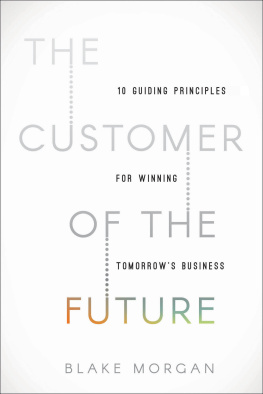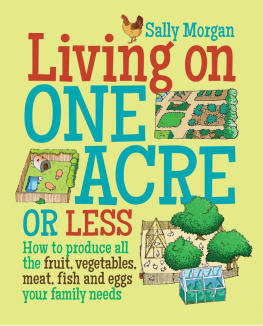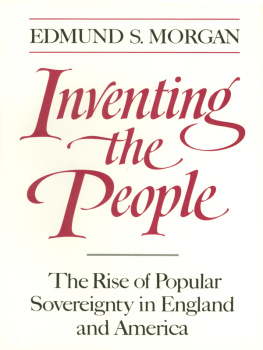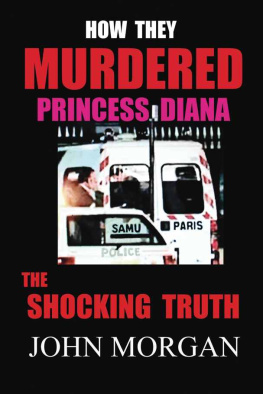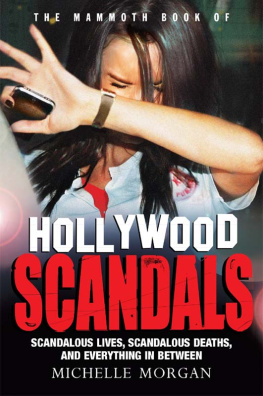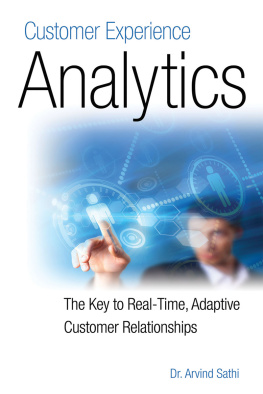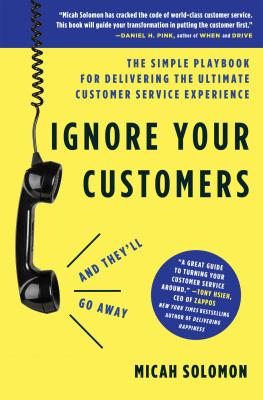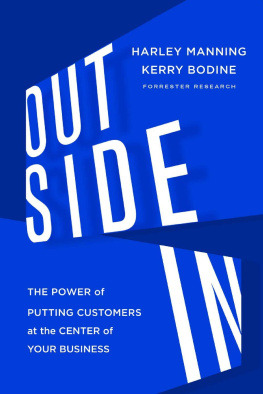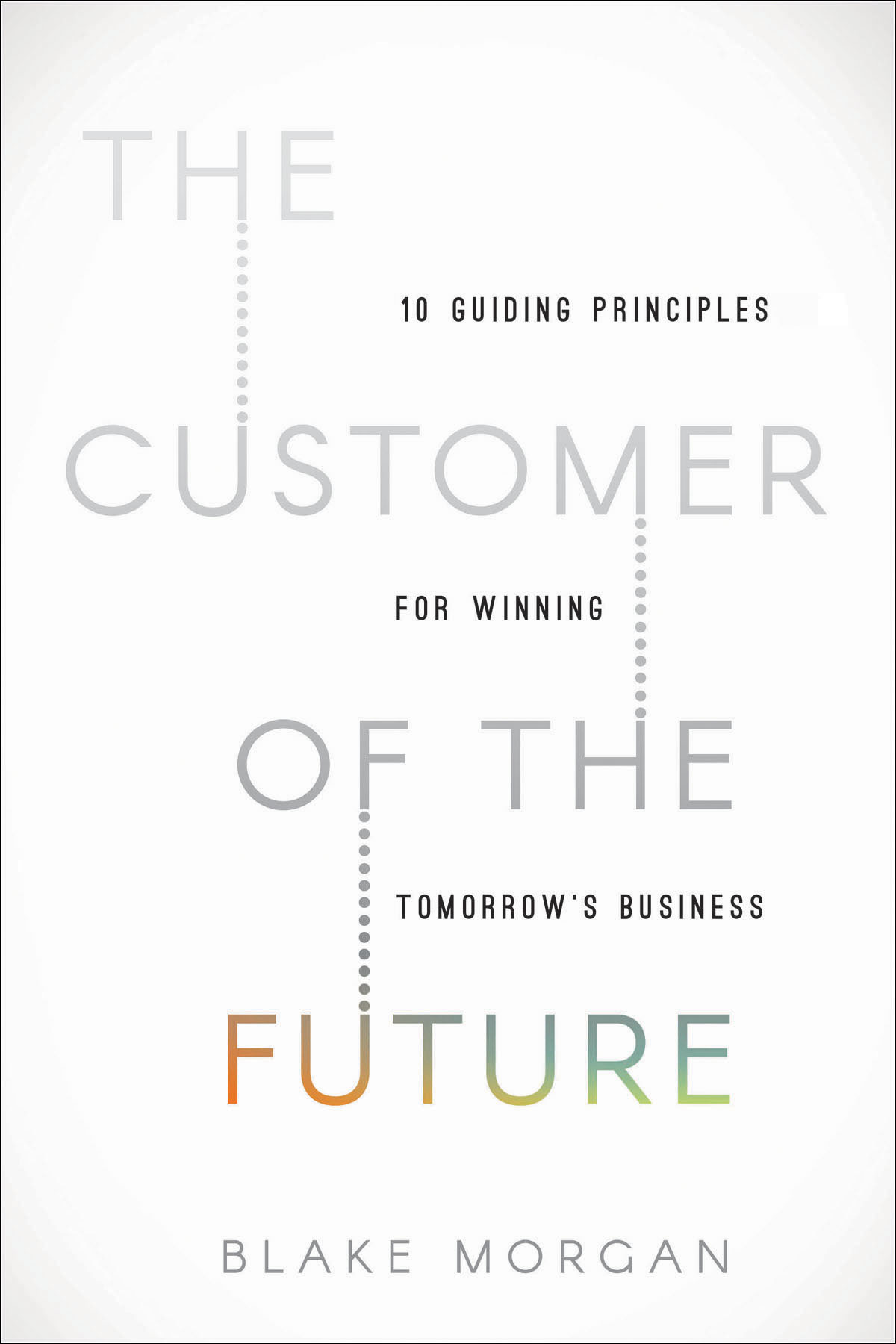Copyright 2019 by Blake Morgan
All rights reserved. No portion of this book may be used or reproduced, stored in a retrieval system, or transmitted in any form or by any meanselectronic, mechanical, photocopy, recording, scanning, or otherexcept for brief quotations in critical reviews or articles, without the prior written permission of the publisher.
Published by HarperCollins Leadership, an imprint of HarperCollins Focus LLC.
Any internet addresses, phone numbers, or company or product information printed in this book are offered as a resource and are not intended in any way to be or to imply an endorsement by HarperCollins Leadership, nor does HarperCollins Leadership vouch for the existence, content, or services of these sites, phone numbers, companies, or products beyond the life of this book.
Book design by Pauline Neuwirth, Neuwirth & Associates.
ISBN 978-1-4002-1364-1 (eBook)
ISBN 978-1-4002-1363-4 (HC)
Epub Edition September 2019 9781400213641
Library of Congress Control Number: 2019944463
Printed in the United States of America
19 20 21 22 23 LSC 5 4 3 2 1
Information about External Hyperlinks in this ebook
Please note that the endnotes in this ebook may contain hyperlinks to external websites as part of bibliographic citations. These hyperlinks have not been activated by the publisher, who cannot verify the accuracy of these links beyond the date of publication
For my parents, Debra Malschick and Dr. Michael
Landau. For the blood, sweat, and tears of parenting.
For all the effort, all the love, and giving me the
opportunity to dream big.
CONTENTS
Guide
Id like to thank my husband, Jacob Morgan, whowith his own career successhas taken me with him, who was never too busy to listen to me practice my speeches, read my manuscript, or bounce ideas around. Thank you for pretending to love all the investments I make in my keynote speech wardrobe, for doing dishes, and for changing diapersfor being a wonderful father to our little girl. The biggest decision of my life was choosing you almost ten years ago, and it was the best. Having a family of our own has been the experience of a lifetime.
My daughter, Naomi, there is nothing like a hug from a three-year-old that makes you remember what is important in life. Thank you for letting me love you and not crying when I have to leave for an airport. You really are a dream come true.
Thank you to my editor, Tim Burgard, who took a chance on me. Thank you for your encouragement, patience, and simply being an advocate for me even when I decided to scrap the first version of this book idea. A shout-out to Franklin Goldberg, who responded positively to my LinkedIn request asking for an introduction to HarperCollins. Thank you to everyone who I interviewed in this book, who kindly answered my many questions. Thank you to the folks at Amazon and Sephora, who spent a lot of time answering my questions, so I could get your stories right in this book.
Id like to acknowledge my clients, who give me the opportunity to be the keynote speaker at their conferences. Id also like to thank the many people online whom I engage with and whom I have never met in person but who listen to The Modern Customer Podcast, read my Forbes column, watch my YouTube videos, comment on my LinkedIn posts, and are generally nice to engage with. Thank you to my team who help me reach more people.
Id also like to thank youthe readerfor being interested in this topic and choosing to spend time with me to dive deeper into it.
THE CUSTOMER OF THE FUTURE
The only constant in life is change.
HERACLITUS OF EPHESUS
I n the permanent darkness of the caves in the lower Rio Grande, a translucent fish thrives. This albino-looking cave dweller is not different than any other fish, except for the fact that the fish is blind. However, this fish was not always blind; the entire species of this fish became blind over time. Living in a dark cave with little oxygen, finding food is difficult. When living in darkness, eyesight is not helpful and being efficient is critical to survival. Over time, these fish sacrificed their eyesight so they would be able to retain more energy to find food and survive in the difficult environment of the caves; the blind fish have 15 percent more energy than eye-seeing fish. They evolved as their dark and uncertain environment required. They did not go into a cave and die; they learned to thrive in the cave by losing the sight that was useless to them in that environment.
The blind cave fish remind us that its our ability to evolve, adapt, and embrace change that determines our ability to survive in the world. It is no different for the businesses we create and run.
Some days when I go into my local grocery store in Northern California and buy freeze-dried mangoes that were picked from a tree in Thailand, I stop in wonder. I stare at the miracle of modern life for humans, where we can get almost anything, anytime, from anywhere. Its a miracle that many of us take for granted.
Today, comfort has become the status quo. Most of us dont have to think about an early death from an outbreak such as the black plague.
We are blind to the future and unprepared for it, much like the Mexican Tetra is blind to its cave world. Unlike the blind cave fish, humans are programmed to resist evolution. We fight change. We want to stay safe and cozy. We want to imagine that we do not need to change in order to continue to thrive. The reality is, nature is working against us. Our bodies have a complex internal system that purposefully creates inertiaresistance to changeto maintain a state of equilibrium known as homeostasis. This helps the human body maintain a normal body temperature, metabolism, weight, and other functions necessary for survival.
In the last few years, we have seen unprecedented disruption to the business world. Some of the entities we believed in disappeared overnight, like ghosts. We stood by, shocked, and then continued to enjoy alternative options in our own lives. Only fifty-three of the companies on the Fortune 500 list in 1955 were still on the list in 2018.
With all of this disruption happening, how can a company stand out? It turns out that how we make people feel has a significant impact on their perception of us: that is, customer experience. For example, Apple has always differentiated its products with experience. The products are engineered beautifully; however, its not just the product that customers love, its also the constant improvements made to the phone. In fact, a recent survey found Apples iPhone to have twice the customer loyalty rate as the next highest brand. In my last book I intended to set the record straight on customer experience because I was tired of people simply throwing the phrase customer experience in the same bucket as customer service. That made no sense to me. In my book More Is More: How the Best Companies Go Farther and Work Harder to Create Knock-Your-Socks-Off Customer Experiences I defined customer experience as the perception the customer has of a brand. Perception is not always reality, but increasingly as individuals and as businesses, we must be aware of how we are making people feel.
A study by McKinsey found that 70 percent of the customers journey is dictated by how the customer feels they are being treated.
If you are reading this book, you have a human body: that body has a nervous system tasked with the physiological processing of emotion.
For example, joy can fill our entire bodies, giving us the desire to jump for joy or break out into dance. Happiness can be exhibited with laughter. In fact, studies have been done to show which parts of the body various emotions affect, including organs, muscles, and limbs. When we feel nervous or anxious, it can impact our stomach or our chest.

